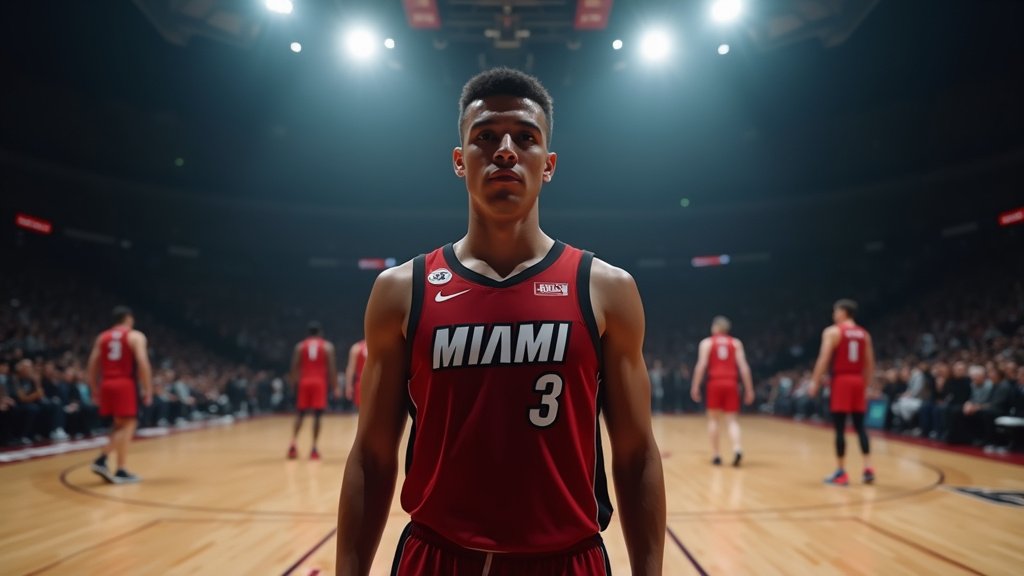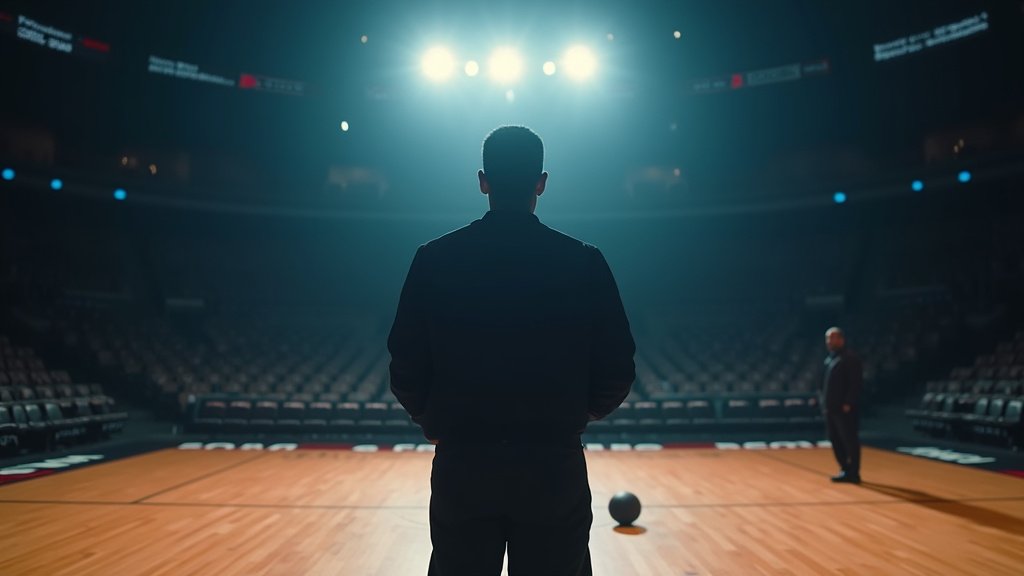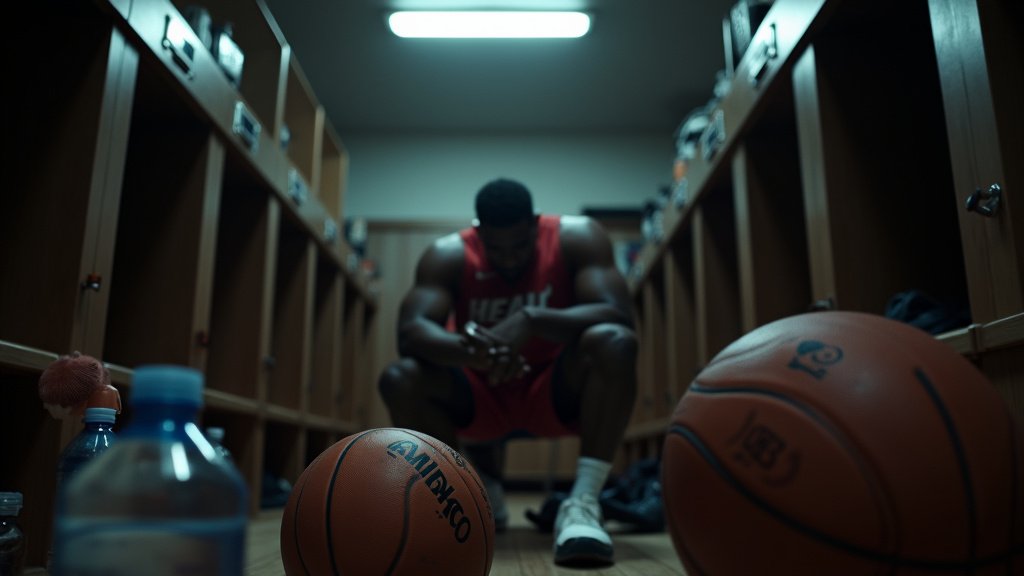Miami – Miami Dolphins General Manager Chris Grier has acknowledged that the franchise is navigating a significant financial “reset” after a period of substantial spending in recent seasons. Speaking on Wednesday, August 28, 2025, Grier articulated a strategic pivot away from aggressive, high-cost player acquisitions, citing the inherent unsustainability of such expenditures in the modern NFL landscape. This shift signifies a move towards greater fiscal prudence and roster rejuvenation, a direction Grier stated he is confident in as the team aims for long-term success.
The candid assessment from Grier comes as the Dolphins prepare for the upcoming season, a period marked by notable departures and a more conservative approach in the free agency market. Grier’s comments aim to clarify the team’s offseason strategy, which has involved significant roster adjustments, particularly on the defensive side of the ball.
The Era of Aggressive Spending Comes to a Halt
For several years, the Miami Dolphins pursued a strategy of “going all in,” marked by significant investments in player contracts and the acquisition of high-profile talent. This approach saw the team extend major deals for quarterback Tua Tagovailoa, wide receiver Jaylen Waddle, and wide receiver Tyreek Hill. Furthermore, significant acquisitions like cornerback Jalen Ramsey and linebacker Bradley Chubb were made, reflecting a commitment to building a competitive roster through high-value signings and trades. Cash spending by the Dolphins ranked among the top five in the NFL from 2020 through 2024, underscoring the aggressive financial strategy employed by the front office.
However, this strategy, while bringing star power to South Florida, has also presented considerable financial challenges. The escalating costs of player contracts across the league, coupled with the Dolphins’ specific roster decisions, created a situation Grier deemed “just not sustainable”. This realization has prompted a necessary recalibration of the team’s financial philosophy.
Grier Explains the “Reset” and the Need for Youth
Grier clarified that the term “reset” refers specifically to the team’s monetary philosophy and spending patterns, rather than an indication of a step backward in competitiveness. “Every year is different,” Grier stated. “We’ve had years here where it’s been all draft focus for a couple years and then at some point you have to reset. When you go and you make aggressive moves like we had made for a few years, you have to reset again and start it over”. He emphasized that this strategic decision was driven by sound business sense and an analysis of the current NFL contract environment, not by a directive from owner Stephen Ross.
A key component of this reset is the organization’s renewed focus on getting “younger”. This involves integrating more youthful talent onto the roster and managing the salary cap more efficiently by relying on draft picks and players on rookie contracts, a common strategy for long-term sustainable success in the NFL.
Key Departures Signal Roster Rejuvenation
The financial reset has naturally led to significant roster changes, particularly impacting veteran players. This offseason saw the departure of several key contributors, including:
* Jalen Ramsey: The star cornerback was traded, a move that Grier indicated was part of the financial recalibration.
* Jonnu Smith: The tight end was also traded, contributing to the team’s effort to manage cap commitments.
* Jevon Holland: The safety departed in free agency, signing with the New York Giants.
* Christian Wilkins, Robert Hunt, and Andrew Van Ginkel: These prominent defensive and offensive linemen were lost in free agency, often signing lucrative deals with other teams that the Dolphins could not match or sustain under their new financial model.
These departures, while significant, are viewed by Grier as necessary steps in rebuilding the team with an eye toward long-term stability and a more cost-controlled roster. The team is actively seeking to fill these voids with younger, developing talent, a process that began with the recent draft class.
Navigating the NFL Salary Cap Landscape
Grier’s emphasis on the “unsustainable” nature of past spending directly addresses the complexities of NFL salary cap management. In a league where player contracts continue to escalate, maintaining a competitive roster while adhering to the salary cap requires constant strategic maneuvering. Teams must balance immediate competitiveness with future financial flexibility, often through contract restructures, extensions, and judicious free agency acquisitions.
The Dolphins’ previous approach of making aggressive moves and distributing large contracts created a financial landscape that Grier has now identified as needing adjustment. The team is shifting from a model that may have relied on short-term deals or accelerated future obligations to one that prioritizes sustainable growth and the development of young talent. This is a natural part of the NFL’s team-building cycle, where franchises must periodically recalibrate their financial strategies.
Sustained Competitiveness Remains the Goal
Despite the acknowledged “reset” and the financial recalibrations, Grier was clear that the team’s objective remains to compete and win in the upcoming 2025 season. “We were always going to try to win this season. It’s all about winning in 2025,” Grier asserted. The goal is not a full-scale rebuild, but rather a strategic adjustment to ensure sustained competitiveness, avoiding the pitfalls of financial overextension that can hinder long-term success.
This strategic direction is supported by a stable coaching staff, with Head Coach Mike McDaniel having recently received a contract extension through 2028, reflecting confidence in his leadership and vision. McDaniel’s innovative offensive schemes have been a hallmark of the team’s recent performance, and the organization appears committed to building around this foundation with a more financially sound approach.
A New Foundation for Future Success
The Miami Dolphins are embarking on a deliberate path toward a more sustainable model of team building. General Manager Chris Grier’s acknowledgment of a financial “reset” signals a strategic shift, moving away from years of aggressive spending towards a more measured approach centered on fiscal responsibility and the cultivation of young talent. While significant player departures have occurred, the team maintains its focus on competitiveness, aiming to build a resilient and enduring franchise that can consistently contend in the NFL. This recalibration is seen as a crucial step in laying a stronger foundation for future success, ensuring the Dolphins can navigate the evolving financial demands of the league for years to come.





